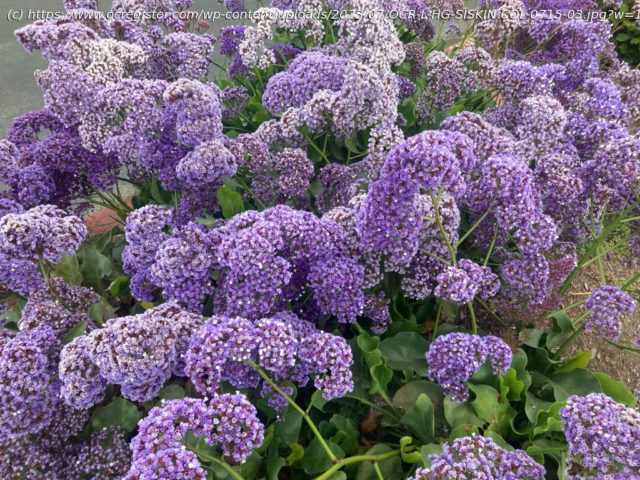Gardening columnist Joshua Siskin writes about garden design this week.
When it comes to garden design, it’s really a question of what your motives are for having a garden in the first place. A gardener’s garden, for example, will be full to overflowing with so many different botanical species that no design scheme may be discernible. The English garden style, which is more than 200 years old, is meant to recreate the feeling of the countryside on a spring day, when most plants are at the peak of their bloom. The English garden is known as a gardener’s garden since a large variety of plants are grown together.
On the opposite end of the spectrum, you have the Japanese garden, where tranquility, rather than excitement, is palpable. A Japanese garden is meant to mimic the natural landscape, as seen from afar, where the distinct geometrical shapes of trees and shrubs are visible. The constant pruning of Japanese garden plants maintains that seen-from-a-distance look. Appropriately, plants found in a Japanese garden are mostly evergreen conifers; their constant, verdant presence, without any interfering colors, adds to the tranquil effect.
Where a peaceful, meditative garden concept is concerned – and memorable gardens always seem to have that quietness to them – the most useful, yet consistently overlooked design principle is repetition or the massing of a few plant species, or even only one, as opposed to mixing together many different species. Just recently, for example, I saw a provocative planter devoted exclusively to dwarf lemon yellow cannas, whose opulent blooms bear a close resemblance to irises, and the waxy inflorescences of red yucca (Hesperaloe parviflora) are now sweeping the gardening world as stand-alone subjects in large planters devoted exclusively to them. And for that matter, purple sea lavender (Limonium perezii) or even purple fountain grass, planted en masse, will make you catch your breath.
In the spring of this year, I saw a front yard that consisted exclusively of California lilac (Ceanothus spp.) shrubs and Mediterranean spurge (Euphorbia characias subspecies wulfenii). The stout panicles of blue flowers and deep green foliage of the Ceanothus contrasted perfectly with the puffy chartreuse bracts and chalky blue-green leaves of the spurge; all in all, it was a most glorious sight to see.
One of the most impressive local landscapes may be found at the entrance to a hotel that sits on Ventura Boulevard just west of the San Diego Freeway. There is a blazing row of red crown of thorns (Euphorbia milii) with a background of repeating purple smoke trees (Cotinus coggygria) and kohuhu trees (Pittosporum tenuifolium), whose lime green leaves are bordered in creamy white.
I thought of the repetition design principle while perusing the recently released second printing of “Garden Design: A Book of Ideas” (Firefly Books, 2017) by Heidi Howcroft and Marianne Majerus. There I saw a winter photograph of a thicket of several dozen leafless birch trees, planted within a few feet of each other. The close proximity of their gleaming white trunks is stunning.






